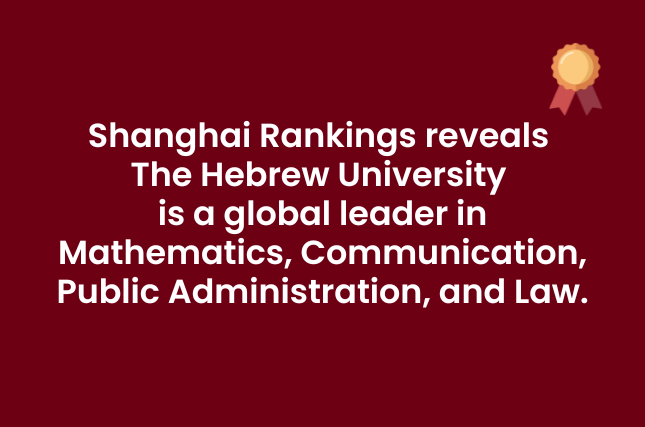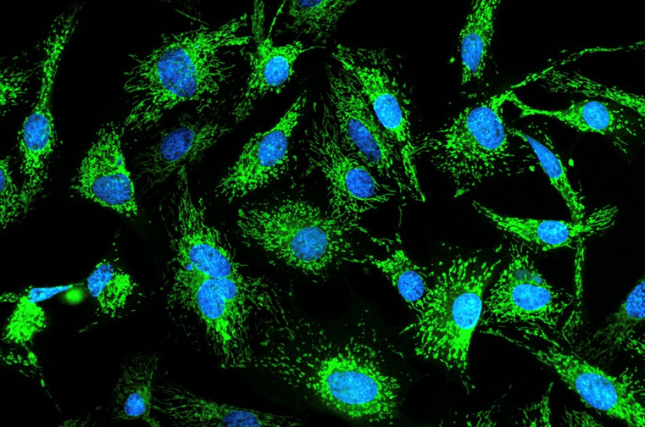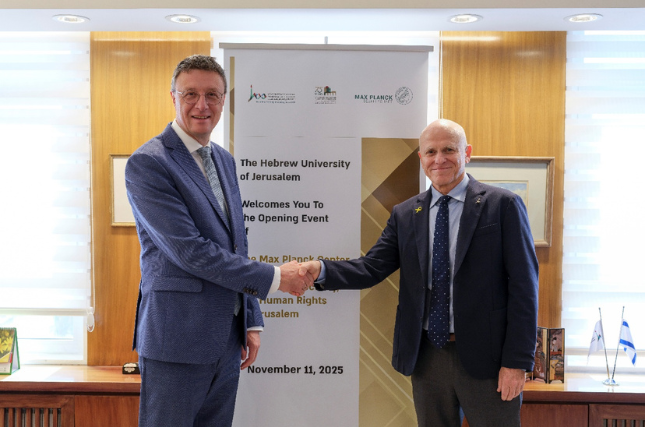
June 11, 2025 – The Hebrew University of Jerusalem is proud to announce the publication of an important editorial in the American Journal of Public Health (AJPH), titled “Israel and Gaza: Keeping Room for Hope Based on Past Cooperation in Public Health.” The piece highlights decades of successful Israeli Palestinian collaboration in public health and urges a revival of such partnerships amid the ongoing conflict.
Co-authored by Professor Theodore H. Tulchinsky (Hebrew University), Professor Aron M. Troen (Hebrew University), Dr. Dorit Nitzan (Ben-Gurion University), Dr. Ron Lobel (Barzilai University Medical Center), and Professor Gordon DeFriese (University of North Carolina), the editorial documents how public health professionals on both sides worked together from the late 1960s to the mid-1990s to dramatically improve immunization coverage, control infectious diseases, reduce infant mortality, and strengthen epidemic surveillance.
“Even in the face of conflict, public health has long served as a bridge between communities,” said the researchers. “This shared legacy is not only a testament to what was possible but a call to action for what must be renewed.”
In response to a polio outbreak in Gaza in the late 1970s, Palestinian and Israeli health workers collaborated on a groundbreaking immunization strategy that combined the Sabin oral and Salk inactivated vaccines. Supported by the World Health Organization, this approach led to the near-total elimination of polio in the region for over two decades and later became an international model for eradication efforts.
During the 1977–78 outbreak of a deadly mosquito-borne disease in Egypt, Israeli and Palestinian veterinarians and public health authorities coordinated mass animal immunizations—over 1.5 million livestock—and shared disease surveillance protocols, successfully preventing the virus’s spread into Gaza and Israel.
In the 1970s, Gaza had only three mother–child health clinics. By 1994, through a combined effort that drew on Israeli health models and Israeli Palestinian initiatives, that number had grown to 29. This expansion, paired with health personnel training exchanges, halved infant mortality rates and introduced modern maternal care services across the territory.
Gaza was among the first in the region to adopt a two-dose measles immunization schedule, combining early infant protection with later MMR (measles, mumps, and rubella) boosters. This approach, which exceeded 90% vaccine coverage, sharply reduced child mortality and transmission, and was only adopted by Israel years later.
The establishment of the Middle East Consortium on Infectious Disease Surveillance (MECIDS) in 2003 created a formal mechanism for epidemic preparedness and response. Israeli, Palestinian, and Jordanian laboratories collaborated through joint training, shared protocols, and coordinated response mechanisms for crises such as avian influenza and COVID-19.
Bilateral research efforts led to successful public health interventions, including the Palestinian Authority’s mandatory salt iodization program and the fortification of flour to address harmful micronutrient deficiencies. These initiatives were informed by research from Israeli, Palestinian, and international scientists and were extended globally through partnerships with international organizations and NGOs, reaching even remote areas. These shared achievements—grounded in evidence, mutual respect, and practical necessity—stand as powerful precedents for what remains possible today.
In the context of the ongoing 2023–2025 Israeli–Hamas war, the editorial highlights the resilience of health cooperation. A 2024 polio vaccination campaign—coordinated by Palestinian, Israeli, and international agencies—successfully reached approximately 560,000 children, despite active conflict and collapsed infrastructure.
The authors argue that continued collaboration at all times in water safety, agriculture, water, environmental health, sanitation, immunization, and hospital rehabilitation is not just beneficial but essential for both sides.
The editorial’s message also serves as a strong rebuttal to current calls to isolate Israeli academia and science. Such boycotts ignore the tangible, life-saving benefits produced through decades of Israeli Palestinian scientific cooperation. Efforts to cut academic ties directly contradict the editorial evidence that scientific engagement fosters mutual understanding, improves public health, and builds pathways to peace.
The authors conclude with a powerful reminder: shared public health is a shared responsibility. Rebuilding Gaza’s health infrastructure will require cross-border partnerships, knowledge-sharing, and training. Regional stability depends on it.
The research paper titled “Israel and Gaza: Keeping Room for Hope Based on Past Cooperation in Public Health” is now available in the American Journal of Public Health and can be accessed here.
Researchers:
Prof. Theodore H. Tulchinsky1, Prof. Aron M. Troen2, Dr. Dorit Nitzan3, Dr. Ron Lobel4, Prof. Gordon DeFriese5
Institutions:
1) Faculty of Medicine, Hebrew University–Hadassah Braun School of Public Health and Community Medicine
2) Institute of Biochemistry, Food and Nutrition Science, Robert H. Smith Faculty of Agriculture, Food and Environment, Hebrew University of Jerusalem
3) Faculty of Health Sciences, School of Public Health, Ben-Gurion University of the Negev
4) Department of Emergency Medicine, Barzilai University Medical Center
5) Department of Social Medicine, School of Medicine, University of North Carolina




